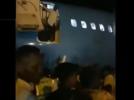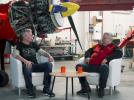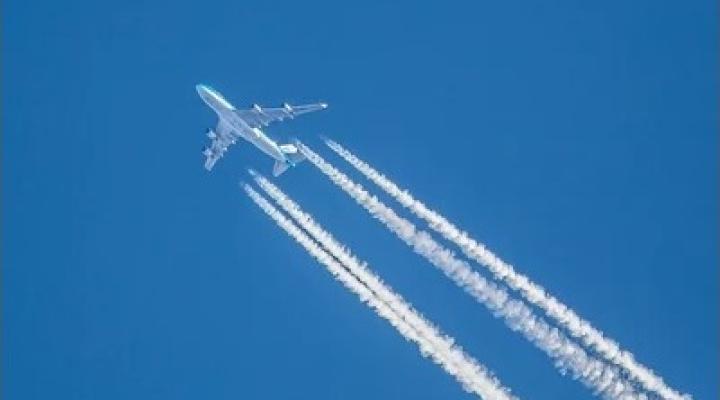Niki A320 near Vienna on Jan 31st 2014, cracked windshield, reported loss of cabin pressure
A Niki Airbus A320-200 on behalf of Air Berlin, registration OE-LEE performing flight AB-8813 from Vienna (Austria) to Dusseldorf (Germany), was enroute at FL370 about 150nm northwest of Vienna (Austria) in Czech Airspace southwest of Prague, when the crew donned their oxygen masks and initiated an emergency descent (average rate of descent at 3900 fpm) to FL100 due to problems with a window and the loss of cabin pressure. The aircraft returned to Vienna for a safe landing on runway 11 about 60 minutes after leaving FL370.
A replacement Airbus A320-200 registration OE-LEX departed Vienna as flight AB-8813 for Dusseldorf but landed in Cologne (Germany) about 3.5 hours past scheduled landing in Dusseldorf.
Air Berlin, parent company of Niki, neither responded to inquiries by The Aviation Herald nor contacted The Aviation Herald at all, however phoned Austrianwings, who had mirrored our report. Air Berlin claimed that the crew did not don their oxygen masks and returned to Vienna for a normal landing. At the same time they also told Austrianwings, that the aircraft landing in Faro made a normal landing, see Incident: Niki A321 near Faro on Feb 2nd 2014, cracked windshield.
Air Berlin's press department did not explain however why it was necessary to divert to Faro or return to Vienna if everything was normal, nor did Air Berlin explain why replacement aircraft needed to be dispatched to complete the flights. Air Berlin's press department also did not explain why listeners on frequency reported that the crew was on oxygen masks.
Air Berlin's press department later admitted that a cracked windshield caused the return to Vienna. Air Berlin however maintained, that the flight crew did not use oxygen masks and did not perform an emergency descent, but stated the aircraft performed a controlled descent at an increased rate of descent then performed a normal landing into Vienna (as a matter of fact: an emergency descent is a controlled descent without ATC clearance at an increased rate of descent, as quickly as aerodynamically and structurally possible).
Air Berlin's press department talked a number of other media into even attacking the reports of "emergency descent" as sensationalist or inaccurate. Hence we decided, in an extraordinary exception from our usual policy, to publish part of the evidence, that we used for our story, the now published recording of the relevant communication on Prague Radar has been cleaned from all other radio traffic and pauses: PAN Call and Emergency Descent OE-LEE (300kB).
Further research also revealed that the right hand forward windshield had developed a number of deep and long cracks, but had remained fully transparent (not developing a spider web), as result of a failed heating.
On Feb 11th Air Berlin confirmed to Austrianwings (the press office still did not contact The Aviation Herald), that the crew performed an emergency descent and briefly used oxygen masks subsequently performing a landing without oxygen masks. The press office apologized for the initial false informations (denying an emergency descent or the use of oxygen masks by the flight crew) stating they had received incomplete information. The airline maintained however, that no loss of cabin pressure (cabin altitude warning indicating the cabin altitude had reached or exceeded 10,000 feet, passenger oxygen masks are automatically released at a cabin altitude of 14,000 feet) had occurred. The press office did not explain, why the crew performed an emergency descent to FL100, that is only and only required after a loss of cabin pressure, and why the crew did NOT perform the procedure associated with the cracked inner pane of a windshield (any other cracked pane of the windshield does not require any descent): a normal descent (requiring ATC clearance) to FL230 to maintain a maximum pressure differential of 5 psi between ambient and cabin pressure. The airline also did not explain why listeners on frequency clearly understood the crew reported problems with the window and cabin pressure.
http://avherald.com/h?article=46f97406














Komentarze